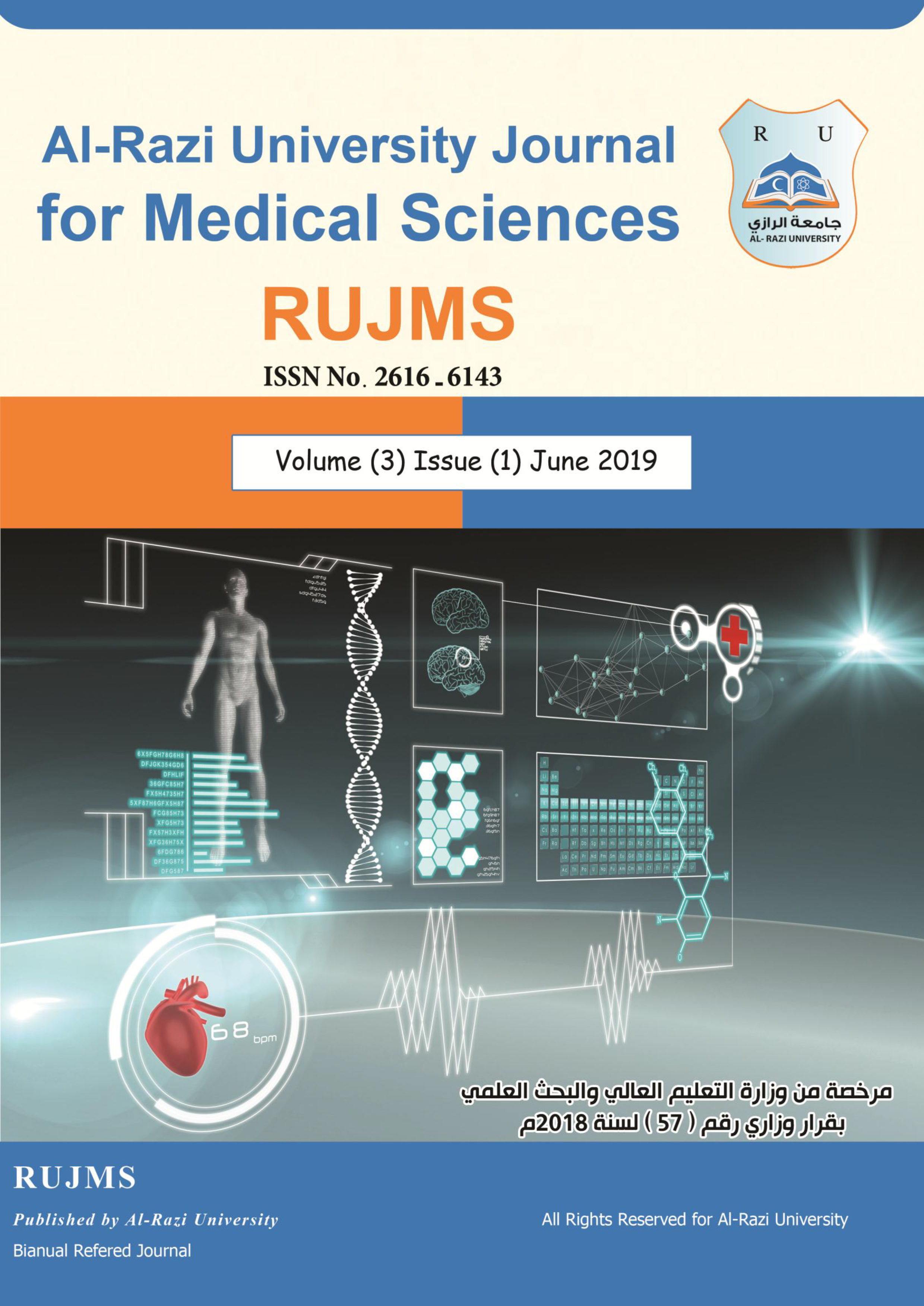Assessment of Compliance of Written Pharmaceutical Advertisements in Sana'a-Yemen to Criteria of World Health Organization
Anes A. M. Thabit1*, Saleh Yagob1 , Abdulaziz Mofid1 , Abdullah Alomaesi1 , Abdullah Helal1 , Akram Qahtan1 , Akram Almasanea1 , Amar Alsoudi1 , Bassam Azzam1 , Mohammed Seraj1 , Saddam Hashem1 , Zkee Almacheheri1 . 1Department of pharmacy, Faculty of Medical Sciences, Al-Razi University, Yemen *Corresponding author: email: aneesalabsi1973@gmail.com
Abstract
Background: The influence of pharmaceutical marketing on prescription behavior of physicians can
be great especially in developing countries. Aim: To assess the compliance of written pharmaceutical
advertisements in Sana`a -Yemen to the criteria adopted by the world health organization (WHO) for
drug promotion. Methods: A sample of 147 written pharmaceutical advertisements (included both
brochures and posters) were randomly collected from hospitals, private clinics and community
pharmacies in Sana`a- the capital of Yemen. The advertisements were initially grouped according to
the medical indication of the advertised drug into 11 therapeutic categories among which anti-infective
showed the highest percentage (22.4%). Thereafter, the advertisements were again grouped according
to the origin of the pharmaceutical manufacturer into 5 categories, American (9.5%), European
(23.8%), Arabian (27.2%), Asian (19 %) and Yemeni (20.4%). Subsequently, a cross sectional analysis
was applied to every advertisement to assess the presence of 20 WHO criteria of drug promotion and
the category as well as overall compliances were reversely determined as error % from the
corresponding average distributions of those criteria in the analyzed advertisements. Results: The
error % in compliance among the 11 therapeutic categories ranged from -40% in gastrointestinal
(GIT) medications to -85% in cardiovascular system (CVS) medications. With respect to categories of
manufacturer origin, the error % ranged from -63.6 % in European advertisements to -73 % in Yemeni
ones. The overall error % in compliance among all analyzed advertisements (-69.8 %), which was
higher than those reported in Emirates (-68.5%) and Saudi Arabia (-44.5%). Conclusion: The error
% in compliances of written pharmaceutical advertisements in Sana’a- Yemen to WHO criteria for
drug promotion is high. Therefore, establishments and imposing of regulations for drug promotion in
Yemen is extremely required.

